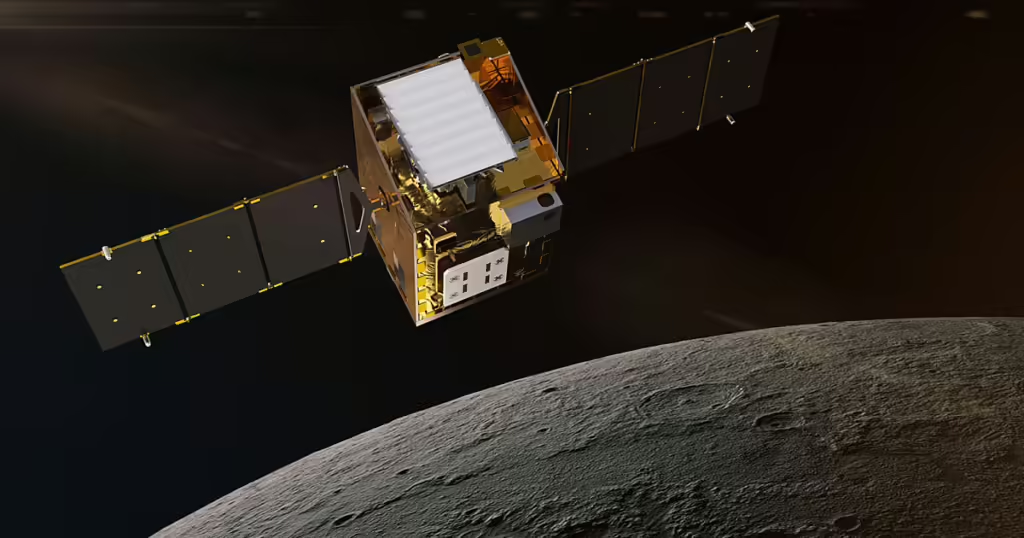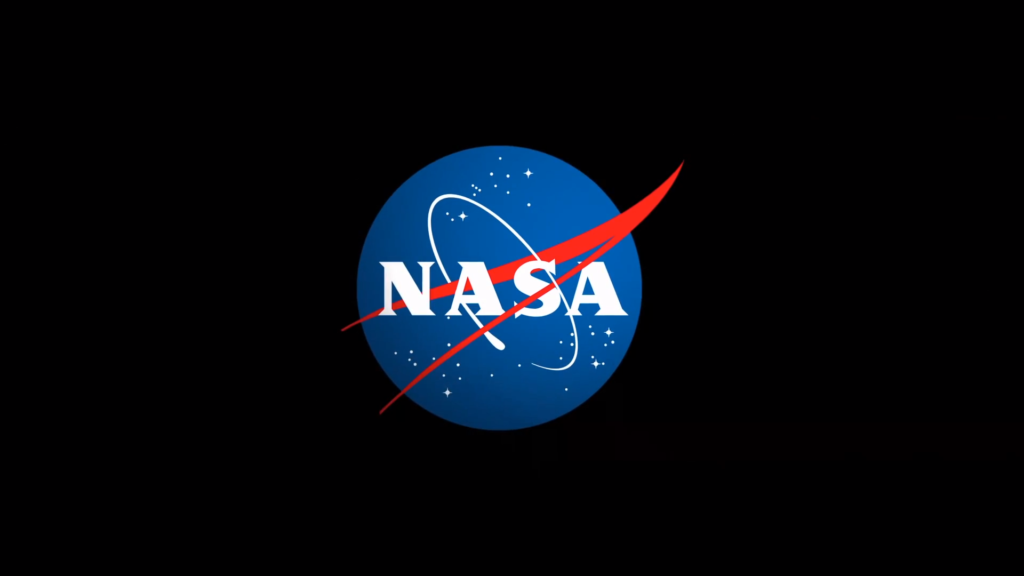
Peering into the Moon’s Shadowed Regions: Lunar Trailblazer is set to explore the Moon’s permanently shadowed regions, where it will detect water ice signatures in reflected light and identify micro-cold traps, each less than the size of a football field. Developed by NASA and managed by Lockheed Martin and Caltech, the compact satellite has successfully completed rigorous environmental tests and is now undergoing final software evaluations.
Pre-Launch Testing and Development: NASA’s Lunar Trailblazer has recently completed a series of intensive environmental tests, including shaking, chilling, and baking, to ensure it can endure the harsh conditions of space. With environmental testing now complete, the spacecraft team at Lockheed Martin Space in Littleton, Colorado, is focusing on flight system software tests that replicate launch conditions, orbital maneuvers, and scientific operations around the Moon.
Simultaneously, the operations team led by IPAC at Caltech in Pasadena, California, is conducting simulations for command operations, communication with NASA’s Deep Space Network, and navigation procedures.
NASA Lunar Trailblazer Spacecraft in Clean Room: The Lunar Trailblazer spacecraft is seen in a clean room at Lockheed Martin Space after passing environmental testing. This marks a significant milestone as the mission prepares for its scheduled launch in the fourth quarter of 2024, with an extended mission period extending into January 2025. Credit: Lockheed Martin Space

Mission Objectives and Satellite Details: Weighing just 440 pounds (200 kilograms) and measuring 11.5 feet (3.5 meters) in width with solar panels deployed, the Lunar Trailblazer is designed to help scientists assess the abundance, location, and form of water on the Moon, as well as its variations throughout the lunar day. This data will be crucial for understanding lunar water resources essential for future exploration.
The spacecraft features two key science instruments integrated last year: the High-resolution Volatiles and Minerals Moon Mapper, developed by NASA’s Jet Propulsion Laboratory (JPL), and the Lunar Thermal Mapper, created by the University of Oxford and funded by the UK Space Agency.
Scheduled to launch as a secondary payload on Intuitive Machines’ second lunar lander mission, IM-2, Lunar Trailblazer will be part of NASA’s Commercial Lunar Payload Services (CLPS) initiative. Preparations for the launch are set to begin in late 2024, with the mission extending into early 2025.
Approximately a month before the launch, the Lunar Trailblazer will be transported from Lockheed Martin to NASA’s Kennedy Space Center in Florida for final preparations and integration into the launch vehicle.
Mission Leadership and Framework: The Lunar Trailblazer project is led by Principal Investigator Bethany Ehlmann of Caltech, with management provided by JPL, which is responsible for systems engineering, navigation, and mission assurance. Caltech oversees JPL for NASA.
This mission is part of NASA’s Small Innovative Missions for Planetary Exploration (SIMPLEx) program, which supports low-cost, high-risk science missions that offer flexibility and innovation in technical and architectural design. The SIMPLEx missions contribute to NASA’s science research and technology development goals, with management by the Planetary Missions Program Office at NASA’s Marshall Space Flight Center in Huntsville, Alabama, under the Discovery Program at NASA Headquarters in Washington. IPAC leads mission operations, including the planning and scheduling of all scientific and spacecraft activities.


